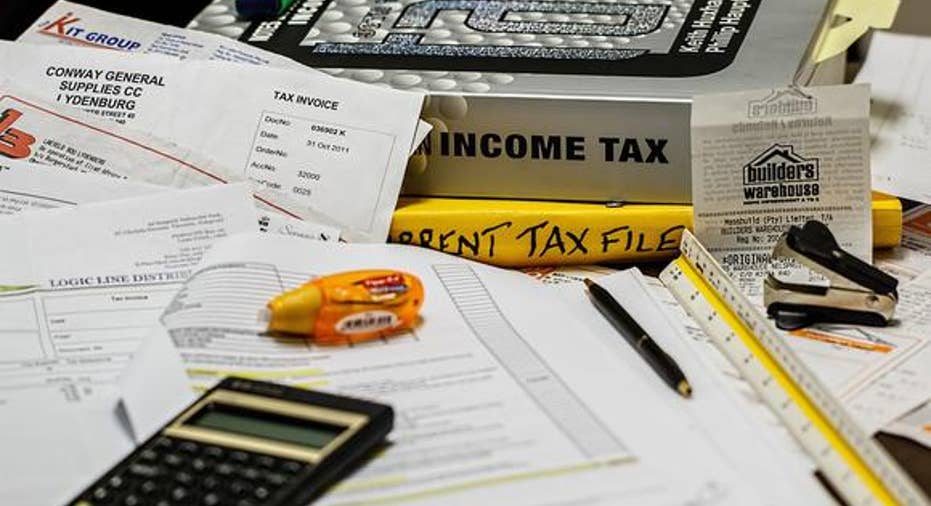What to Do If You Underpaid Your Estimated Taxes

Paying taxes is one of the most burdensome parts of being self-employed and one of the trickiest parts is figuring out just how much you need to pay. Instead of having an employer taking taxes out of your paycheck, you’re responsible for making estimated tax payments four times a year. If you pay less than what you owe to the IRS, you could get hit with a penalty when it’s time to file your return. If you miscalculated, here’s what you can do to get back on Uncle Sam’s good side.
Check out our federal income tax calculator.
1. Check to See If You Qualify for an Exception
Before you start to panic about getting hit with an underpayment tax penalty, it’s a good idea to check and see if you’re eligible for any exceptions. For example, if you underestimated your payments, you might be able to qualify for an exception if your tax liability for the previous year was equal to zero.
An exception may also apply if you drew a regular paycheck for at least part of the year. As long as the difference between what you underpaid as estimated taxes and what was withheld from your paychecks is less than $1,000, you won’t be penalized. The IRS will also cut you a break if you couldn’t make quarterly payments due to circumstances beyond your control, like a natural disaster. You can use Form 2210 to request a waiver of the underpayment penalty.
2. File Your Return and Pay the Balance
Quarterly tax payments are due four times a year, but you also have to file your return by the April deadline just like everyone else. If you know you’re going to owe the penalty and additional taxes, you don’t want to put it off. Any taxes you owe past the April filing date will incur penalties and interest, which means you’ll owe that much more to the IRS.
If you can file an extension, that will let you dodge the failure-to-file penalty. Currently, it’s set at 5% of the balance owed for each month your return is late. This penalty maxes out at 25%, so it can get very expensive very quickly if you have a large bill. Keep in mind that even if you file an extension, you’ll still owe the failure-to-pay penalty, which is 0.5% of the balance that you owe.
Related Article: How to File an Amended Tax Return
3. Apply Your Refund to the Penalty
If you’re expecting a refund, you can use some or all of it to wipe out the underpayment fee. That may sting a little if you had other plans for the refund money. But it’s best to pay off any debt you owe to the IRS as soon as possible.
Avoid the Penalty Going Forward
Underpaying your estimated taxes can cost you and it’s not a mistake you want to repeat. If your income is fairly steady throughout the year, you can figure out what you’ll owe in taxes so you can break the total into quarters. Calculating your estimated taxes can be a little trickier if your income fluctuates throughout the year, however.
There are some basic guidelines you can follow to make sure you’re paying enough. If your income for the previous tax year was $150,000 or less, it’s best to make sure all four estimated payments are equal to 100% of what you paid that year. If your income is higher than that, you can aim to pay at least 110% of last year’s tax bill.
Just make sure you’re factoring in any deductions or credits you qualify for when adding up the amount you owe. Running the numbers through our free tax calculator can give you a ballpark idea of how much you need to pay throughout the year.
This article originally appeared on SmartAsset.com.
More from SmartAsset.com:Types of TaxesWhat is a Tax Shelter?Negative Income Tax, Explained



















